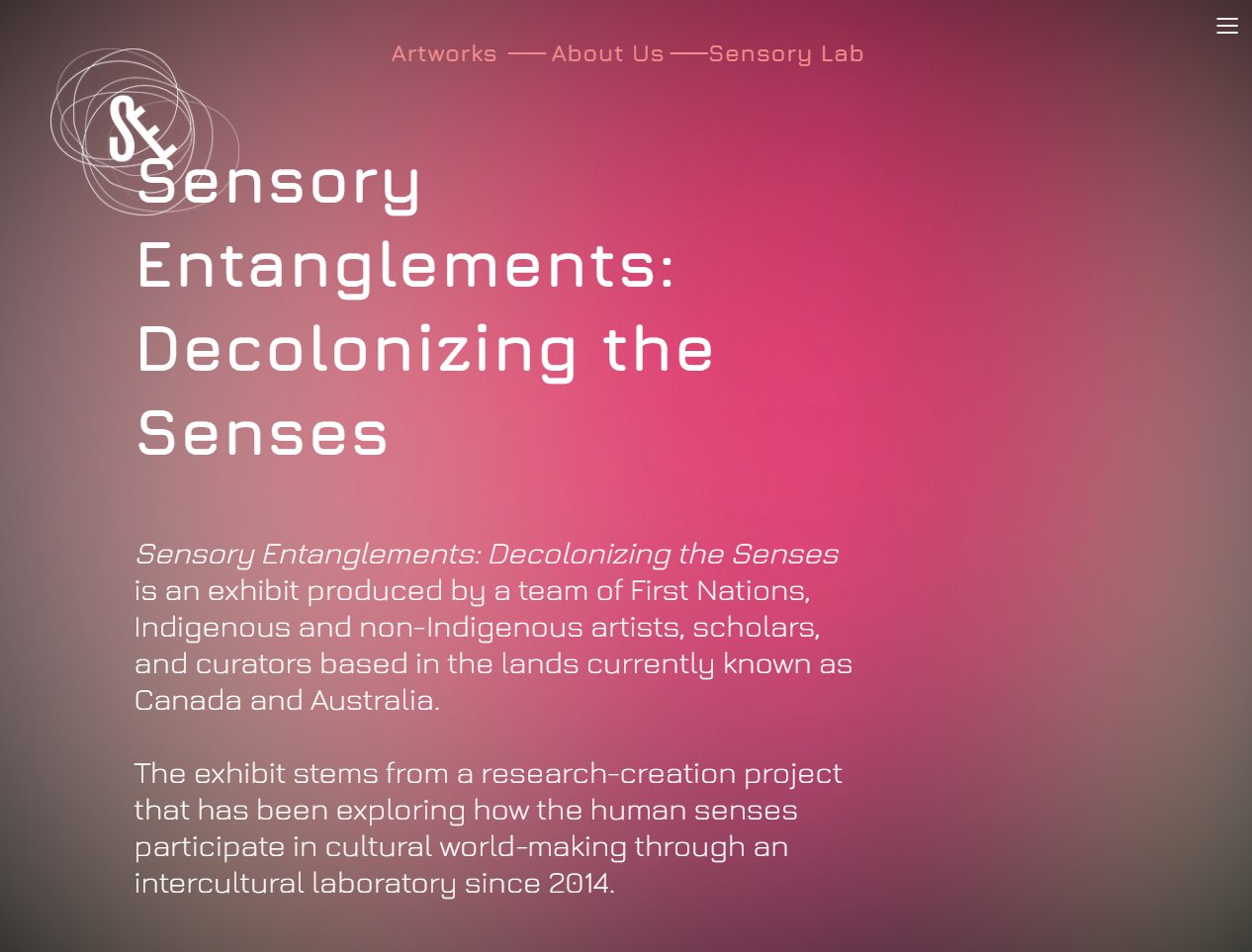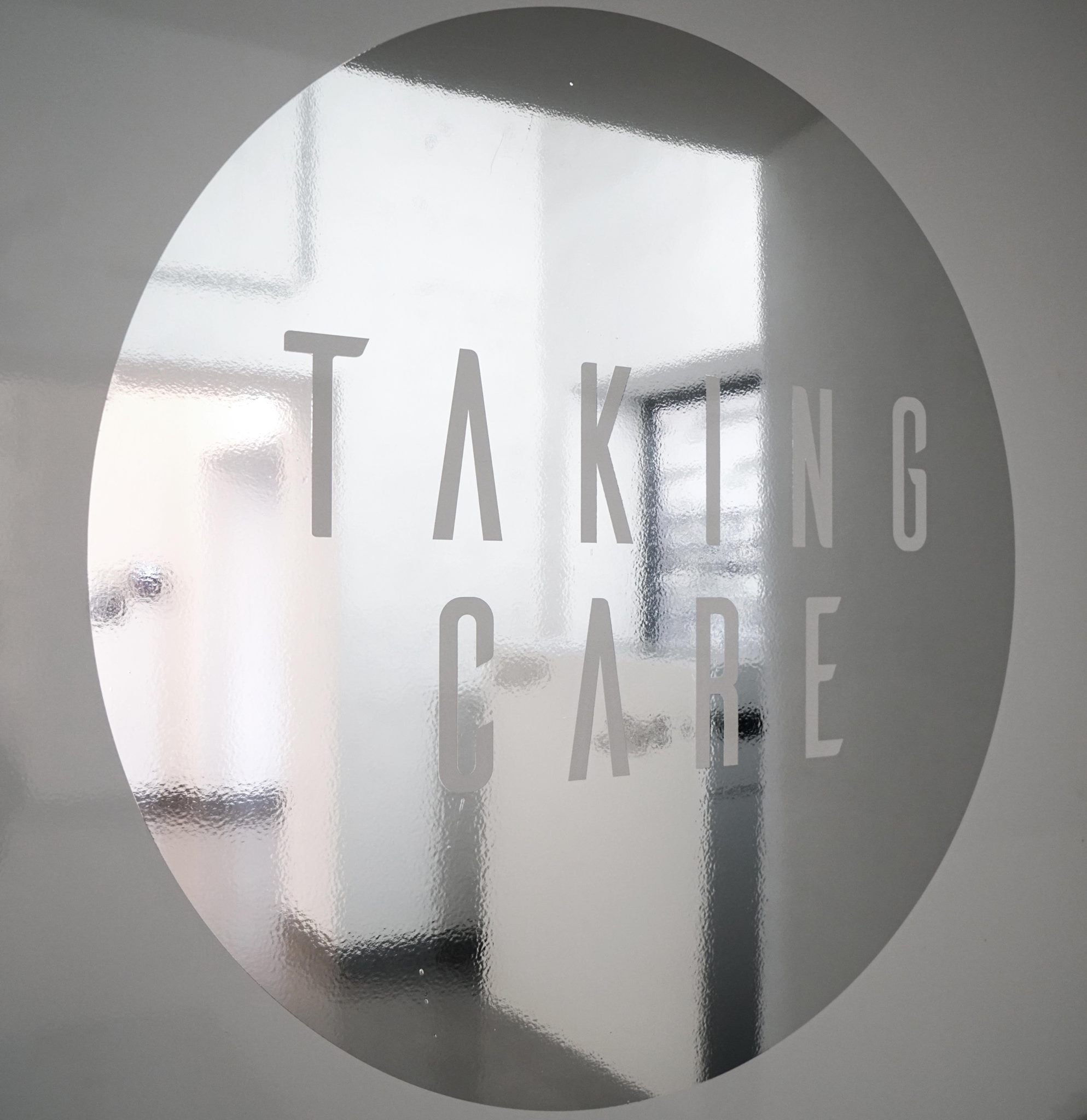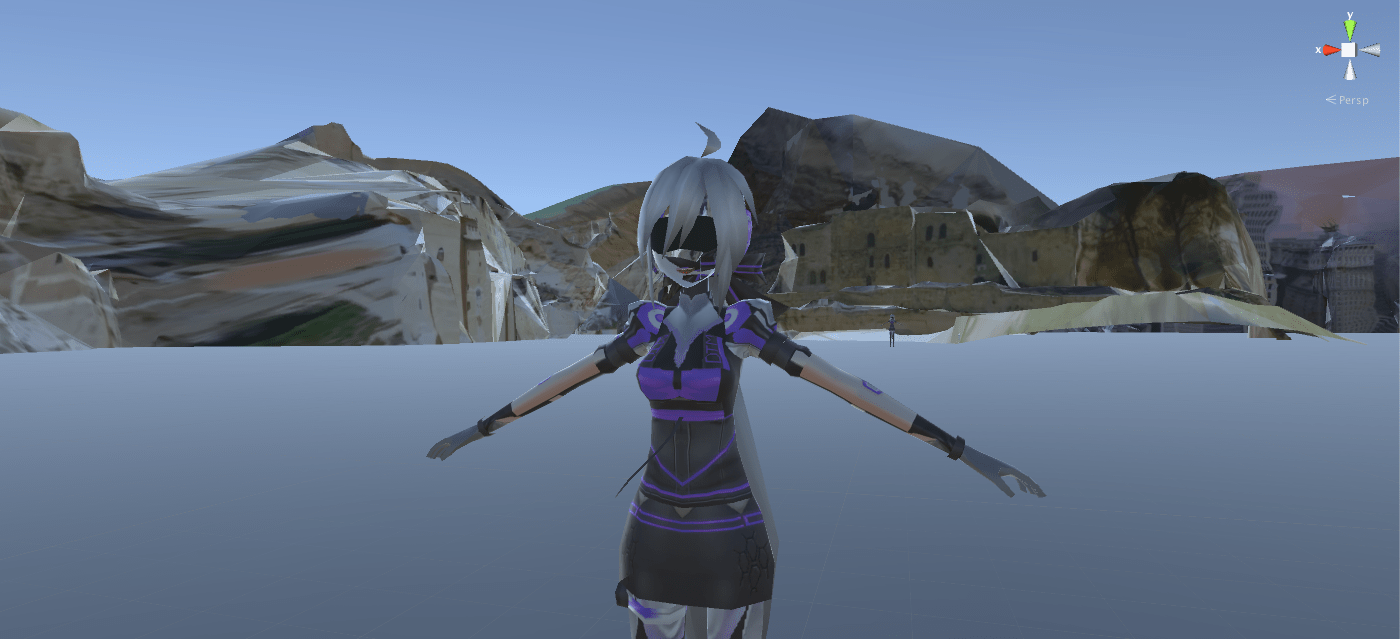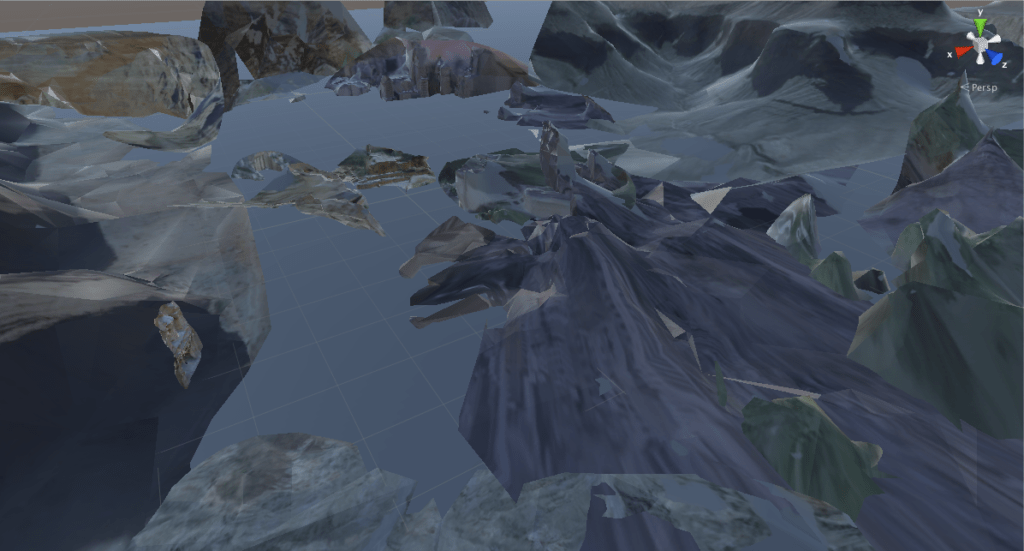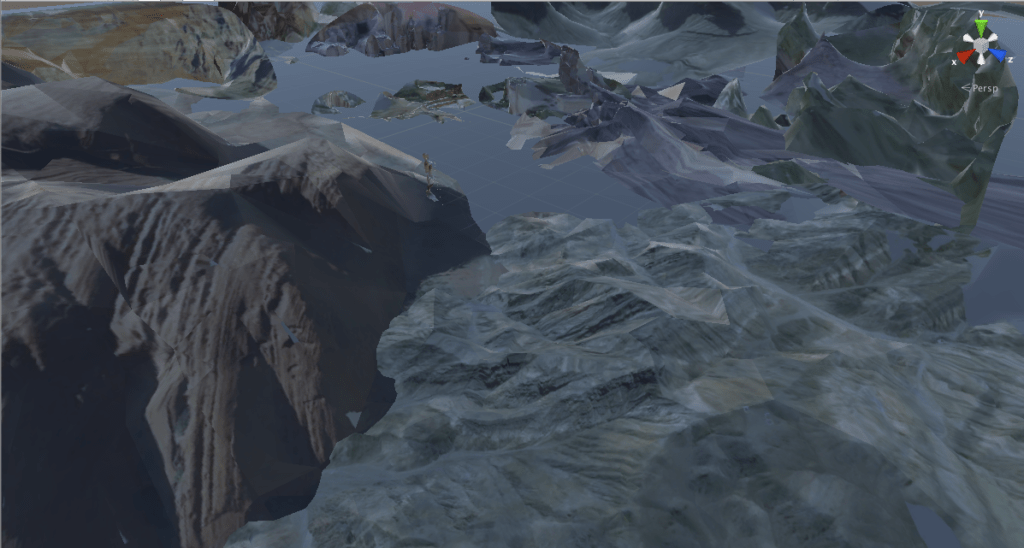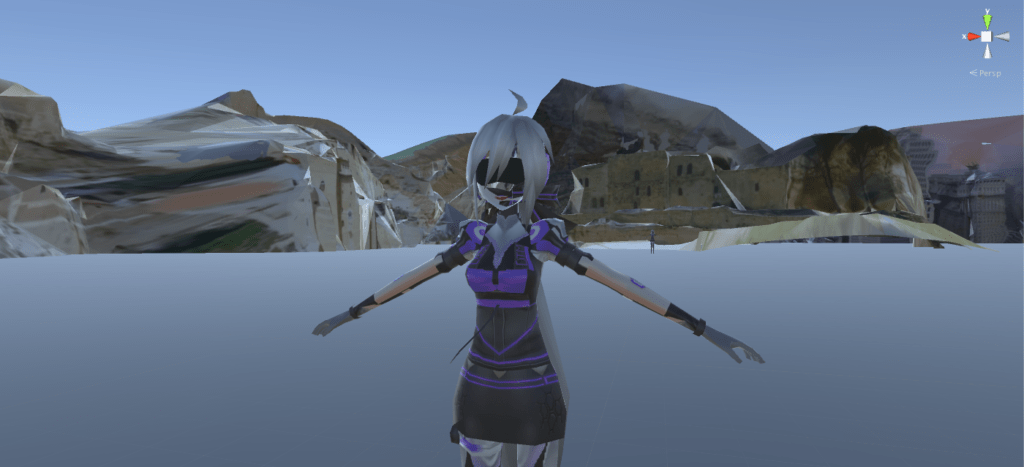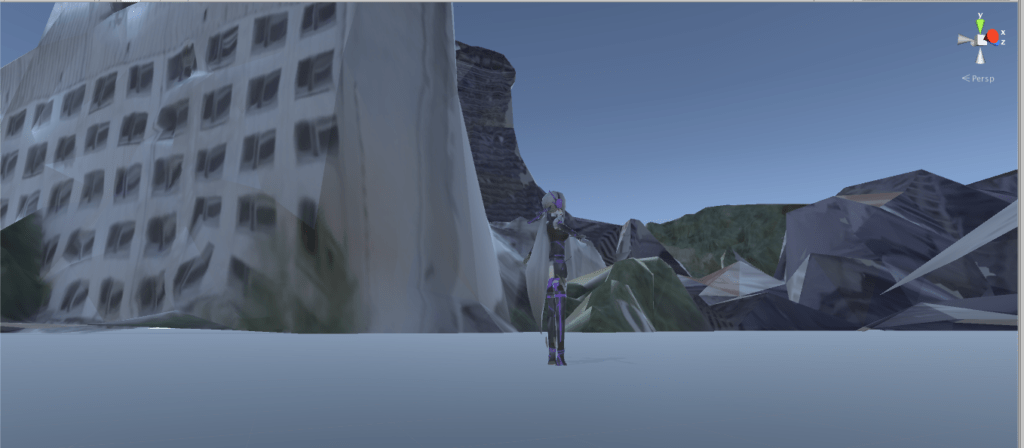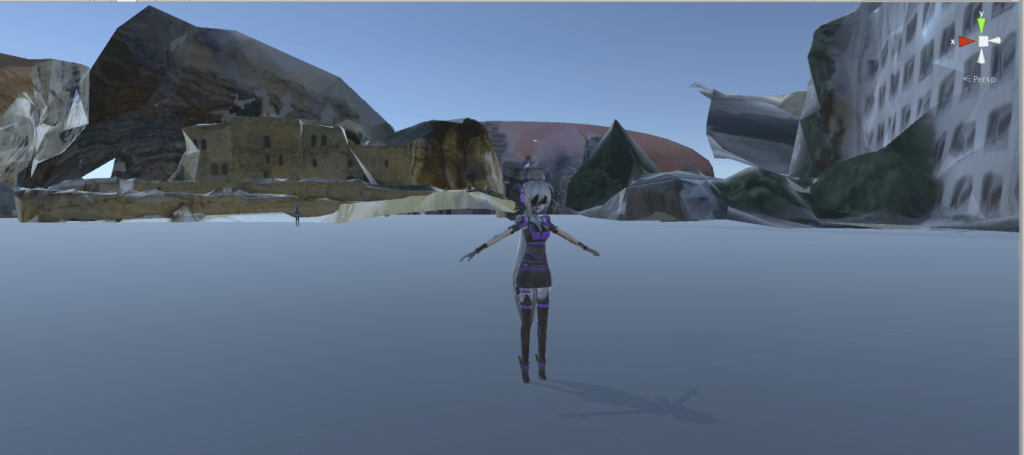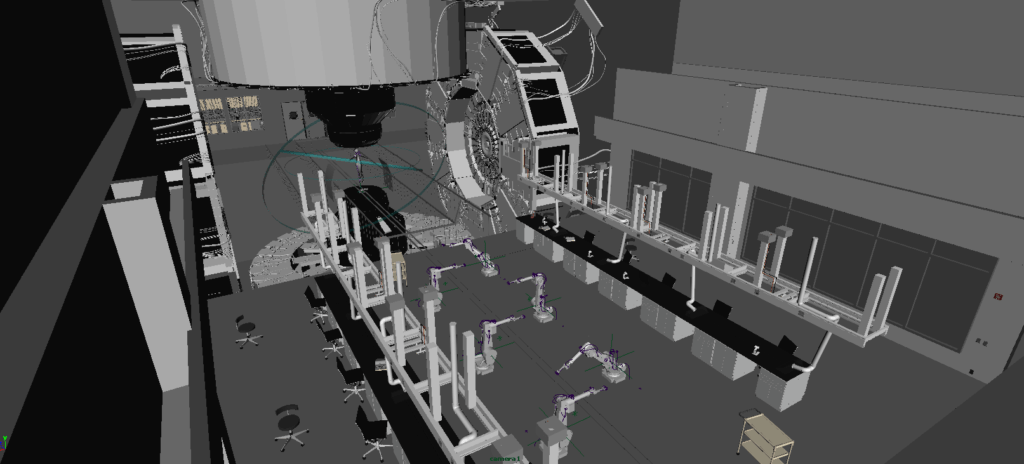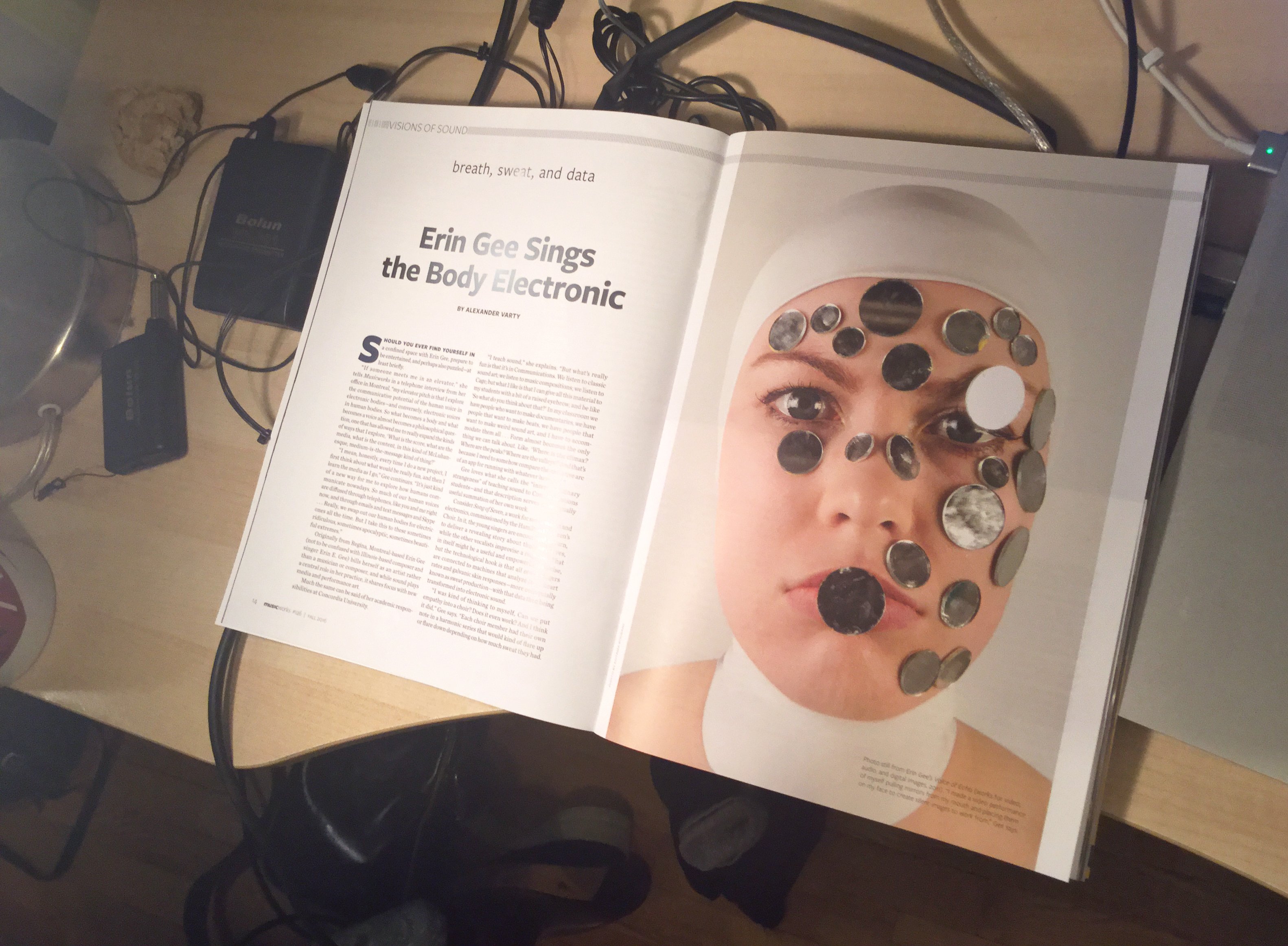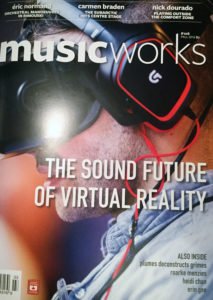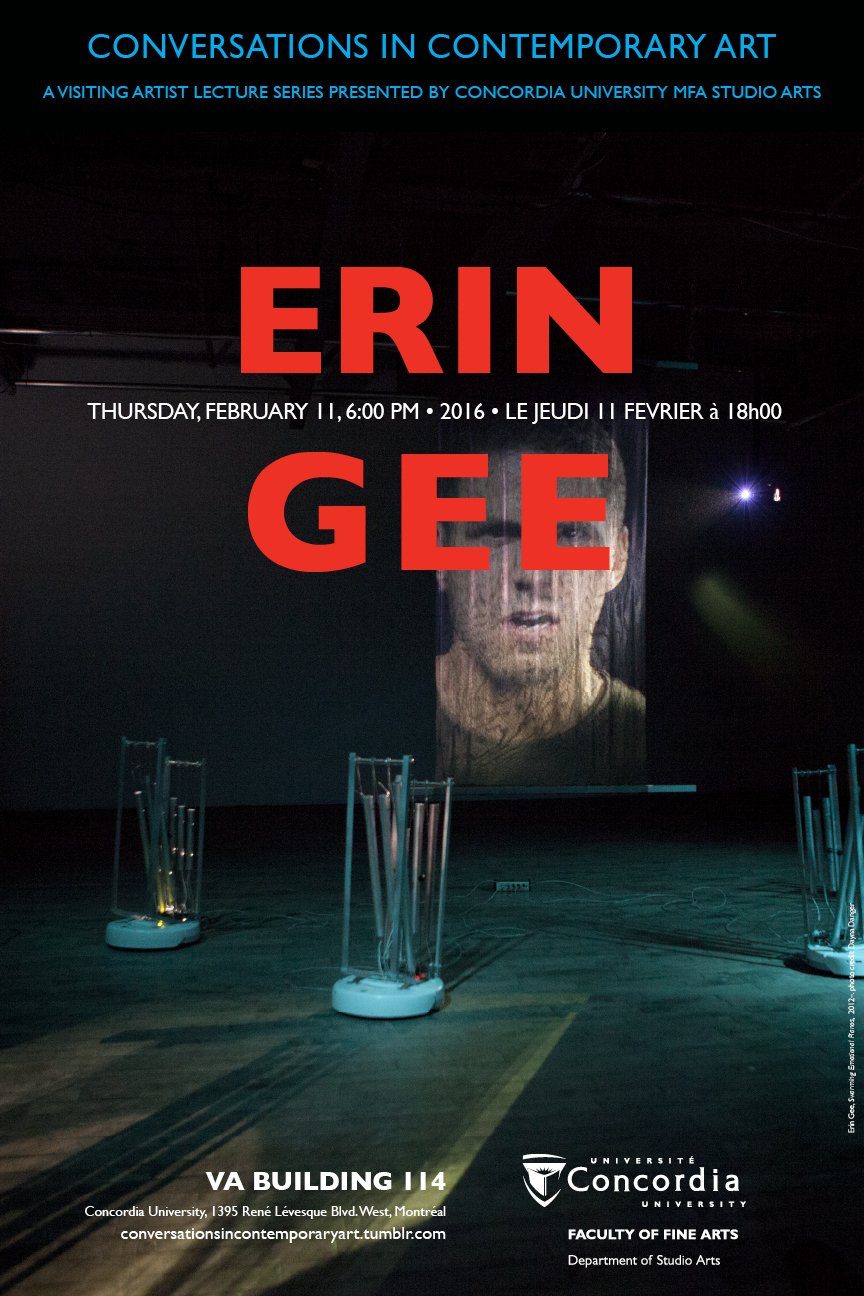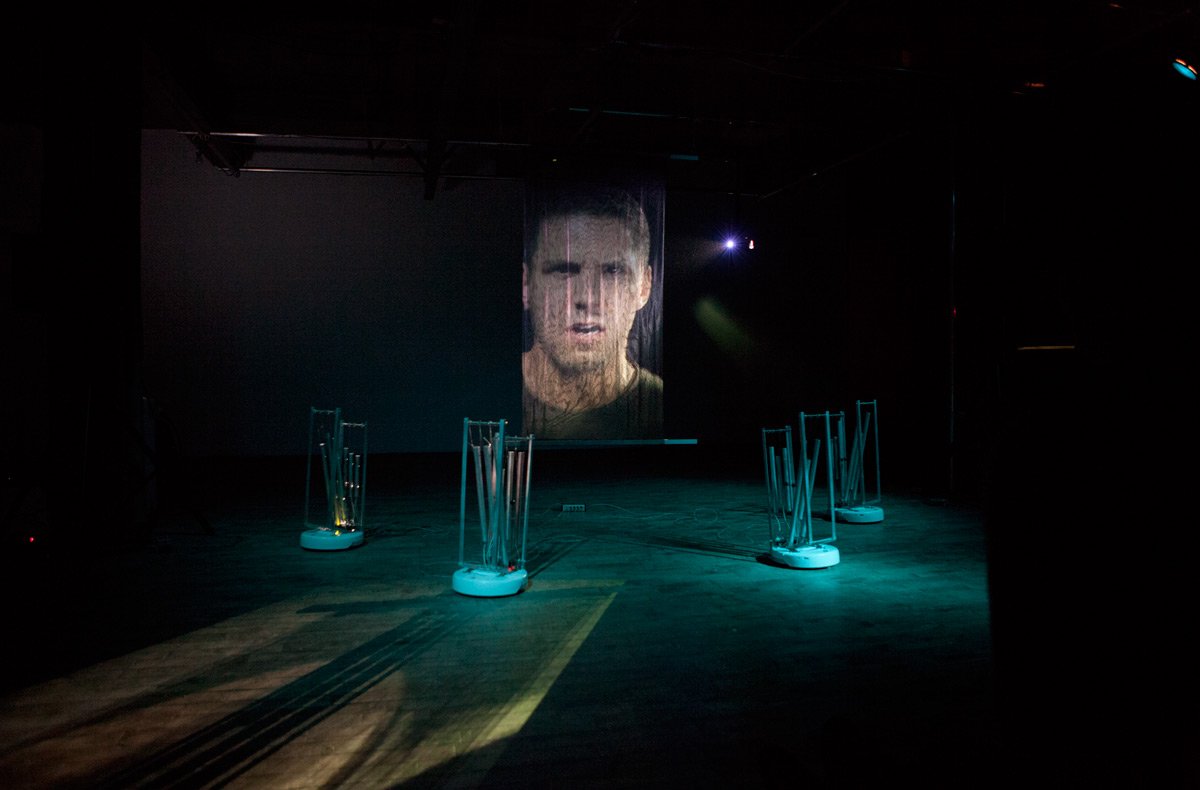Decolonizing the Senses, Roundtable: Montreal
Decolonizing the Senses, Roundtable
Organizer: Florencia Marchetti, CISSC, Concordia University, Canada
This roundtable brings together an interdisciplinary team of Indigenous and non-Indigenous artists and scholars who have been exploring ways of decentering Western notions about the body and the senses through an intercultural research-creation lab since 2014. Through talking and making, thinking, reading and researching, team members have shared and learned about each other’s practices, bringing to the table a diverse range of epistemological and ontological doubts and premises. In this roundtable, we will revisit the project’s trajectory, from our early conversations and interferences to the production of three portable sensory environments and the video re-mediations produced to share the works under the new social regulations imposed by pandemic living.
Discussion topics will include:
– Listening Relationalities
– New Media Art and Indigenous Ontologies
– Creative-Knowledge Flow and Protocols (from Place/Land through Non-Human Ontologies into Artworks)
Panelists:
Jennifer Biddle, National Institute for Experimental Art, University of New South Wales, UK,
David Garneau, Visual Arts, University of Regina, Canada
Erin Gee, Music Composition, Universite de Montreal, Canada
David Howes, Centre for Sensory Studies, Concordia University, Canada
Suzanne Kite, Concordia University, Canada,
Chris Salter, Design Art, Concordia University, Canada,
r e a Saunders, Independent artist, Australia


